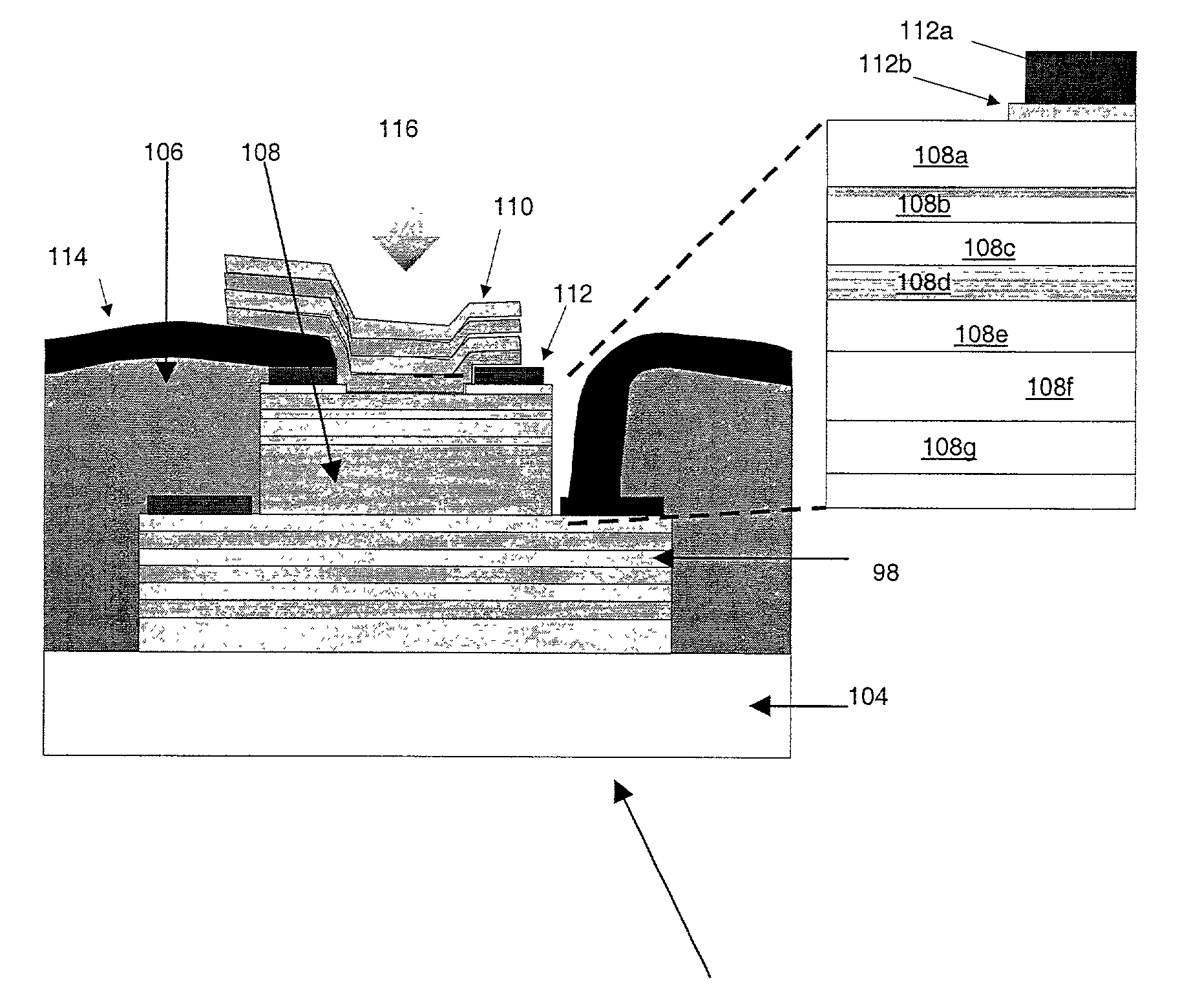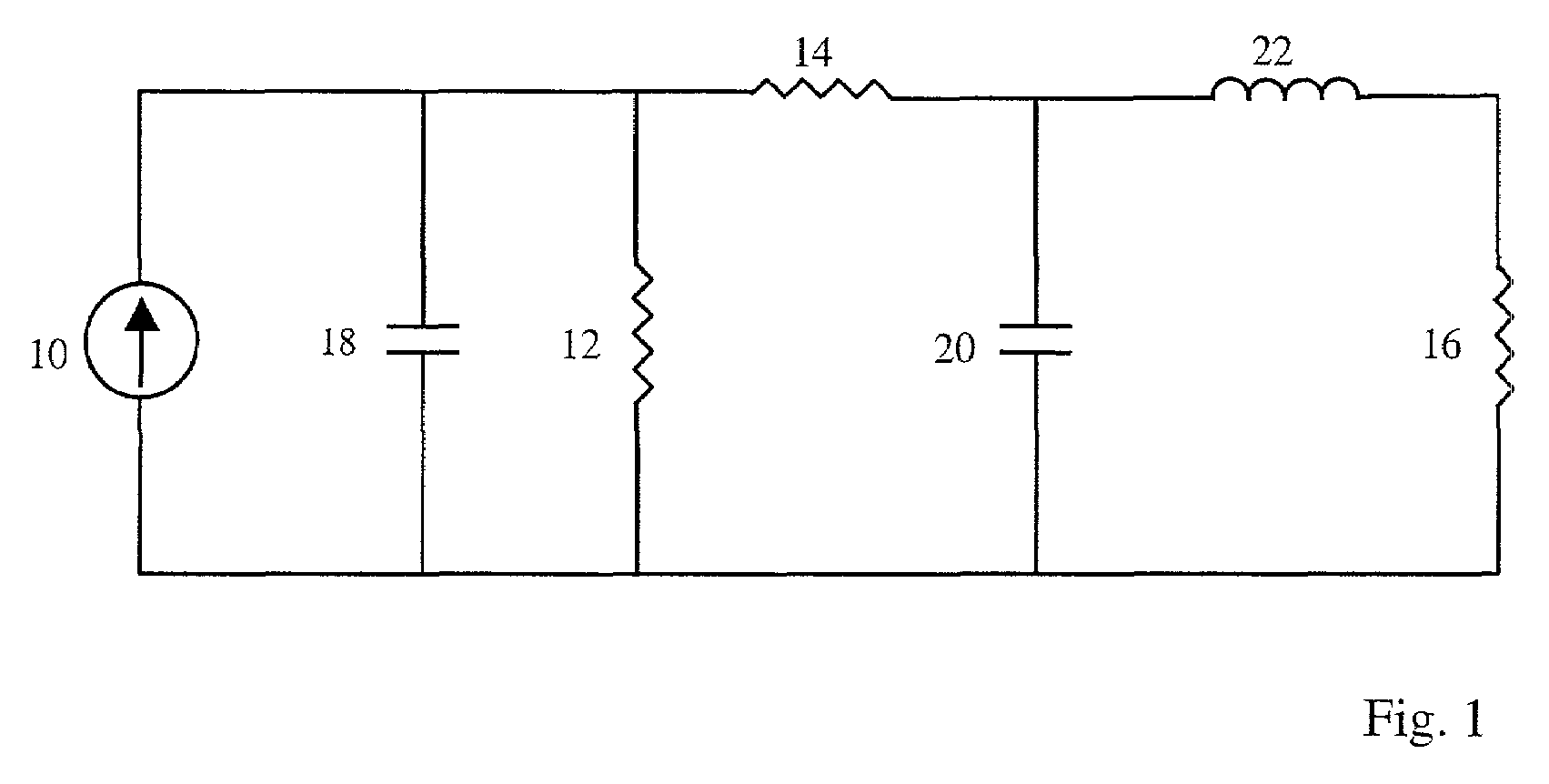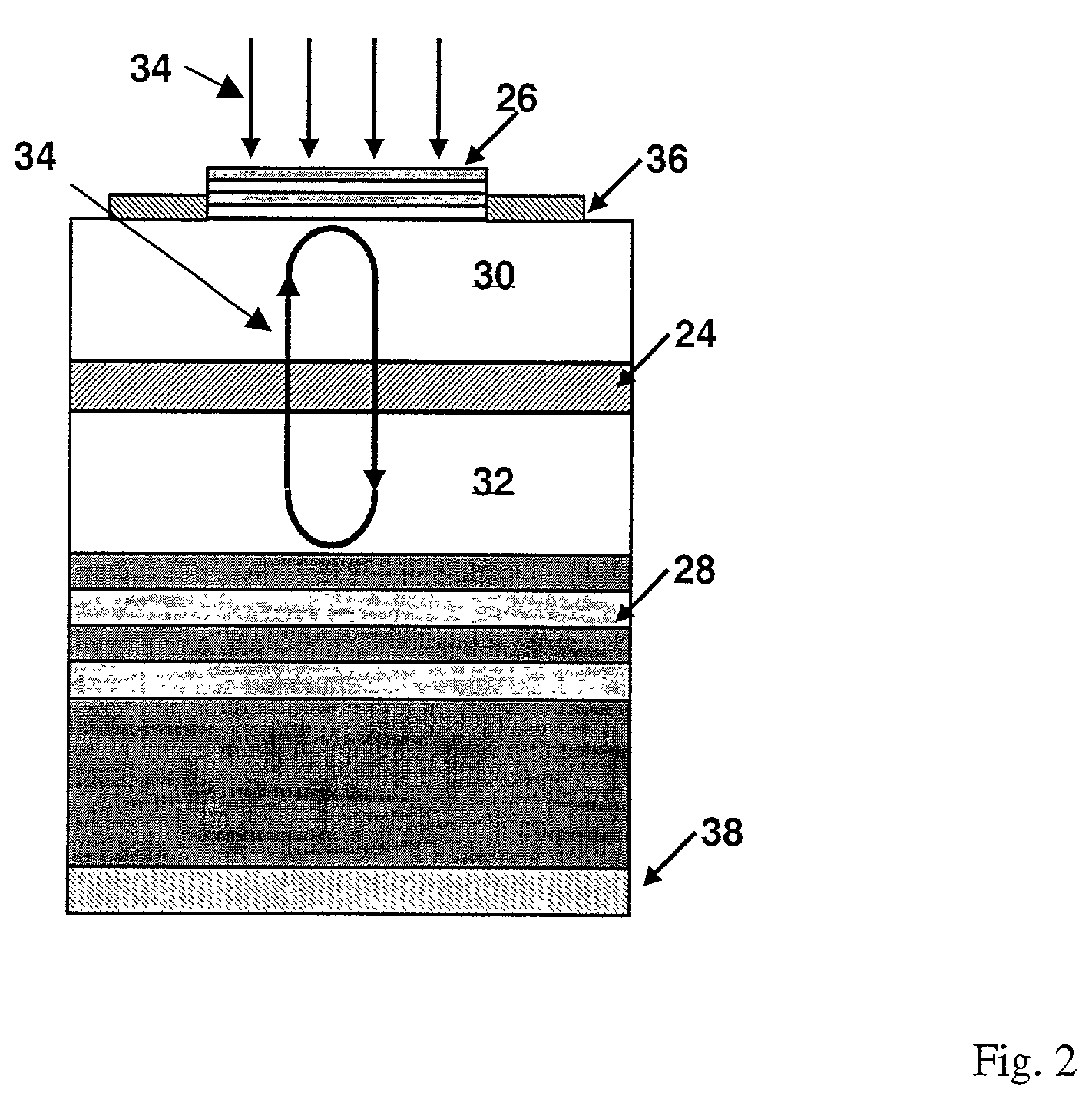Avalanche photodiodes with an impact-ionization-engineered multiplication region
a technology of avalanche photodiodes and multiplication regions, which is applied in the direction of electrical devices, solid-state devices, and semiconductor devices, can solve the problems of imposing a serious challenge on the capacity of current systems, and achieve the effects of reducing the thickness of the multiplication region, increasing the sensitivity of photodiodes, and reducing the noise of avalanch
- Summary
- Abstract
- Description
- Claims
- Application Information
AI Technical Summary
Benefits of technology
Problems solved by technology
Method used
Image
Examples
Embodiment Construction
[0113]Operating wavelength may be one of the most significant specifications for a photodetector. For example, operating wavelength may determine an absorption material of a photodetector, and thus a material system for the whole device. In this manner, a semiconductor photodetector may be specified for an operating wavelength range. A long-wavelength cut-off of a spectral response may be determined by the absorption edge, or bandgap, of the absorption material of a photodetector. A short-wavelength cut-off may be observed because of recombination near the surface. Since optical fibers demonstrate minimum dispersion and attenuation at about 1.3 μm and about 1.55 μm, respectively, these wavelengths have become standards for long-haul high-bit-rate fiber optic telecommunication applications. For short-haul communications, such as local area networks (“LAN”), operating wavelengths may vary from about 800 nm to about 1 μm since the relatively inexpensive and well-developed AlxGa1−xAs an...
PUM
 Login to View More
Login to View More Abstract
Description
Claims
Application Information
 Login to View More
Login to View More - R&D
- Intellectual Property
- Life Sciences
- Materials
- Tech Scout
- Unparalleled Data Quality
- Higher Quality Content
- 60% Fewer Hallucinations
Browse by: Latest US Patents, China's latest patents, Technical Efficacy Thesaurus, Application Domain, Technology Topic, Popular Technical Reports.
© 2025 PatSnap. All rights reserved.Legal|Privacy policy|Modern Slavery Act Transparency Statement|Sitemap|About US| Contact US: help@patsnap.com



